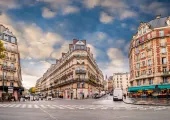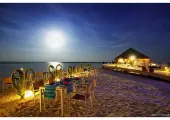A Local Guide to Cheung Chau Island Hong Kong
Catalogue
- History of cheung chau island
- Enjoy your trip
- The highlights of the bun festival are as below:
- Eat and Drink
- How to get to Cheung Chau Island
- Other information
Show More
Cheung Chau is an island 10 kilometers southwest of Hong Kong Island. Cheung Chau Island has long been one of Hong Kong's most popular island retreats. The Cheung Chau Island meaning Long Island in Chinese, is an Island that is about 10 km. It is also nicknamed the dumbbell island owing to its unique dumbbell shape. It is one of the oldest inhabited places in the erstwhile British territory of Hong Kong and has a population of 22,740 inhabitants as of the 2011 census.
A trip to the Island village should be strongly considered if you want to have a peek into a typical Hong Kong Chinese fishing community. The community has now grown into a popular tourist spot but with limited modern conveniences. Usually good for a day-long trip, it is recommended if you like a ferry ride through the serene waters to reach the Island, wants to spend time swimming or relaxing on the beach. Or If you want to discover the local fishing village life and want to indulge in some mouth-watering seafood fare in traditional style. Here is a guide with important things you should know before you plan a trip to Cheung Chau.
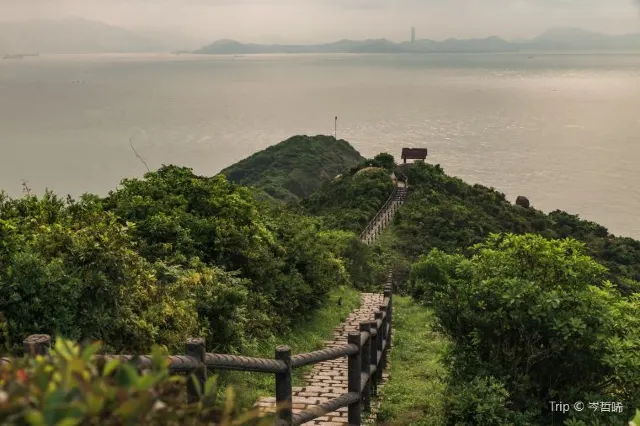
Being a part of China, in 1898, Cheung Chau along with 200 smaller islands and New Territories (one of the three main regions of Hong Kong) was given a 99-year lease to the United Kingdom under the terms of Second Convention of Peking.
During that time Cheung Chau was a small fishing village with a majority of its residents living on junks: a type of ancient Chinese ship. The island’s early settlers were primarily into fishing and were from Southern China. These included Hoklo, Chiu Chau, Hakka, and Yue Ca people.
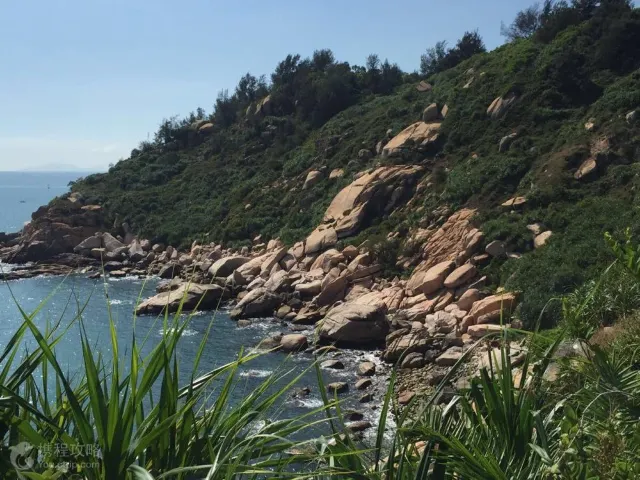
The Cheung Chau Island slowly developed into a trade and commerce hub, with merchants catering to the fishing communities with supplies, fishing gear, boat repair services. And as a center for fishery business along with the sale of farm products by farmers from nearby island communities.
It flourished as a trade center in recent history. It was handed over to China along with Hong Kong in a peaceful transition by the United Kingdom on 1st July 1997 as per the earlier pact. Post this handover to China; the Cheung Chau Hong Kong is administered as a part of Island District. The district is one of the 18 districts of Hong Kong.
A trip to Cheung Chau is very interesting and fun-filled. It has a bunch of sea-side beaches, historical places, temples, and food joints. It offers tempting local cuisines that are a must-visit in this island town.
Beaches: There are two suitable swimming beaches in Cheung Chau. Both of them are quite busy during the summer swimming season, especially during the weekends.
Tung Wan Beach is the largest and one of the two official beaches in Cheung Chau Island. It is open to tourists for swimming. It has a beautiful and long stretch of soft golden sand and small clearing of trees along the beach offering some amount of shade. The far ends of the beach have rocky outgrowth which one needs to be careful of. The beach has very good facilities, and you can hire beachwear, umbrellas, chairs and swimming gear for a full day of fun out here. It has clean big changing rooms and toilets.
The beach has two floating platforms or rafts. A few meters from the shore to the layout has shark nets for protection. It has few beach-side shacks offering food and drinks to the visitors. The beach is overlooking and near the Warrick Hotel. It can be reached from the ferry pier in a 5-minute well-guided walk following the signposts. It is the number one choice for the visitors coming to Cheung Chau.
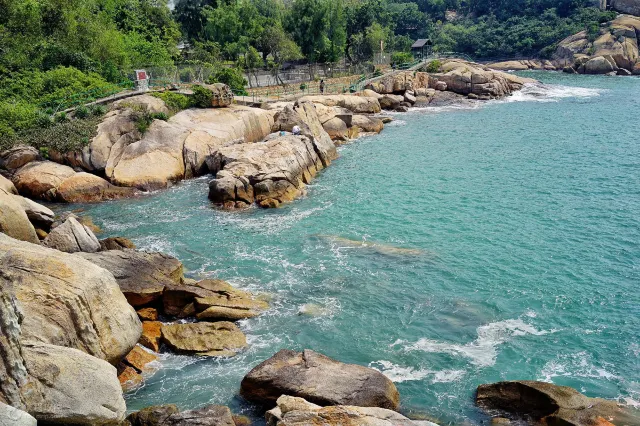
Kwun Yam Beach is smaller than the Tung Wan beach with coarse sand. It has a 50% smaller swimming area. It is a quieter and laid-back beach which is preferred by many visitors. Since it has limited facilities, it is suitable only for a small crowd. It is known for water sport activities like Kayaking and Windsurfing.
The Windsurfing center located here provides the equipment for windsurfing, canoeing and sea surfing on rental to the interested tourists. A small beach bar present here is very famous. Locals crowd the bar, especially on weekends. Close behind the beach is a trail leading to the wooded hills past a small temple. Further down is the Windsurfer Café which is housed in an old lifeguard association building.
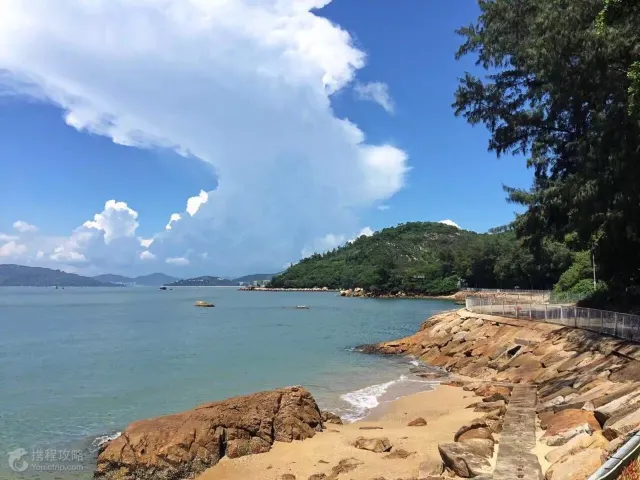
Sandy Bays - Cheung Chau Hong Kong has other seaside or bay areas. However, they are unsuitable for swimming due to lack of shark nets or lifeguards. They are less frequented but offer beautiful natural scenery where you can relax on the sand and enjoy serene nature. The largest of them and the easiest to reach is Tai Kwai Wan.
It can be reached walking and following the road along the coast. The other smaller bays include Pak Tso Wan which is also known as the Afternoon Beach or the Italian Beach. It offers a breathtaking sunset view on cold afternoons during the winter season.
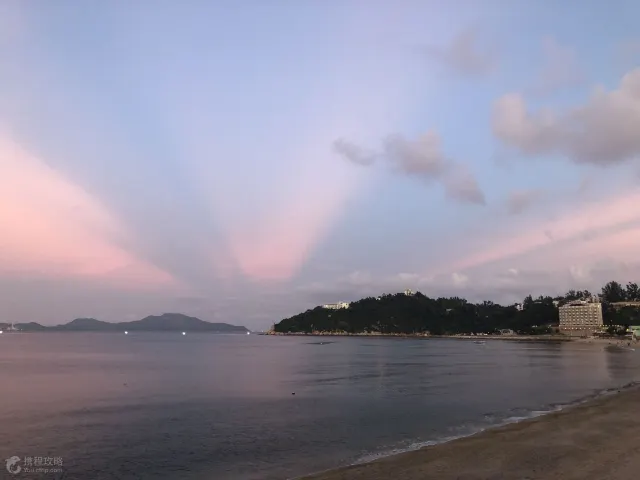
Tip – If you want a relaxed beach experience with a calm and serene atmosphere, do visit these places during weekdays as weekends are usually crowded.
The Bun Festival: The most important local festival of Cheung Chau is the Bun Festival which is celebrated to mark the end of a plague on the island during the historical times. Today it is more a festive celebration for the locals having a good time. It is widely attended by visitors coming not only from Hong Kong but all across the world to enjoy the days with elaborate celebrations. This festival is a very busy time and always draws scores of tourists on the island.
The Bun towers, the Parade consisting of children’s floats and the competition for Bun tower climbing are the key parts of the festival. Eating vegetarian food during this festival is another important part of it. The Bun festival coincides for convenience with the Buddha’s birthday each year (as per the Chinese lunar calendar) and typically falls in May.
It is celebrated in the memory of the event wherein ancient times the image of Pak Tai, a patron of fishermen and God of the North, was paraded in the village. It is believed to have the effect of driving the evil plague along with the pirate problem away from the island.
The festival lasts for three days with the parade on the final day which is also marked as a public holiday in Cheung Chau. It is customary to eat only vegetarian food during the first two days and till the morning of the third day of the festival.
Bun towers – Three large and many small bamboo towers are constructed outside the Pak Tai temple for the festival. It is covered with steamed buns. The buns are believed to bring luck when eaten. The festival is named after these buns and are distributed on the last day of the festival after the parade.
These steamed buns are made out of white flour bread with a sweet filling. The filling is made of lotus seed paste. It is considered lucky and believed to bring good health even after being eaten months after they have dried up.
The Parade – The major attraction of this festival is the Parade in Cheung Chau which happens on the third and final day of the festival. The parade starts from the Pak Tai temple, goes around the village and culminates back at the temple. It symbolizes the tour of the image of Pak Tai through the village. The days also have the images of other Taoist Gods being taken around the village.
This spectacular event is full of pageantry with traditional performers from across Hong Kong. The beating of drums, lion dances, brass bands and boat dancers from Yuen Long leading the procession. The star of the show is the children’s floats with each holding two local children in colorful character costumes and doing magnificent acrobatics and balancing acts.
Bun tower climbing competition – The government, organizes a competition to climb a metal tower (in earlier years it used to be one of the three bamboo bun towers) decorated with buns which are attempted in groups at the stroke of midnight on the third day of the festival. Prizes are given to the winners who are generally locals from Cheung Chau Island.
Vegetarian Food – As an age-old custom and tradition followed during the festival, for the first two and a half days, you can only eat Buddhist style vegetarian food. No meat, fish, egg or even milk is served or eaten during this time in most of the restaurants in Cheung Chau. Most of these traditional or modern cafes serve fried spring rolls, tofu dishes, and mushroom stews among other tasty vegetarian dishes. You must make it a point to savor them during your trip to Cheung Chau.
Tip – Try the “Vegi-burger” at the local McDonalds at the Cheung Chau Island and visit the traditional small cafes for “Jai” dishes comprising of bean curd items set in different shapes.
View from the North End: A trip to Cheung Chau Hong Kong is not complete without a rewarding hike to the Northern tip of the Island. Walk along the north as far as it takes you through some dirt paths and what you see is awesome. It offers a panoramic and 360-degree view of the beautiful small Islands and sea on one side and the Cheung Chau village on the opposite side.
Tip – Wear your hiking boots to have a pleasant walking experience to the North end.
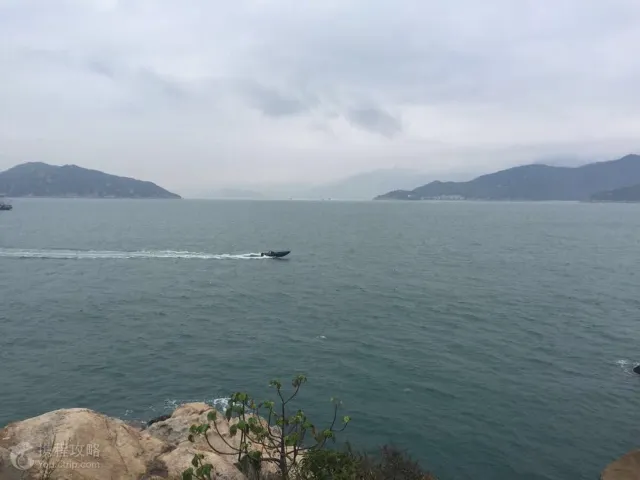
Rock Carvings: Below the Warwick Hotel lies a rock with Neolithic designs carved on it. This site is of archaeological importance and has writings in unknown language protected by a glass enclosure. You can visit them while you visit Tung Wan Beach.
Cheung Chau Hong Kong is a typical historic fishing village. It is famous for its seafood fare. A lot of people come here, especially for its food. The food is a mixture of traditional dishes like fish balls, Cantonese Dim Sum and modern dishes alike. It also has international and modern food choices catering to all food palates. While on a trip here, you must visit the local restaurants which serve many more amazing dishes to tickle your taste buds.
Tip – Like many seafood restaurants, some restaurants here will allow you to bring your sea fish bought from nearby stalls. It will charge a “cooking fee” if you want to have fresh seafood right off the net.
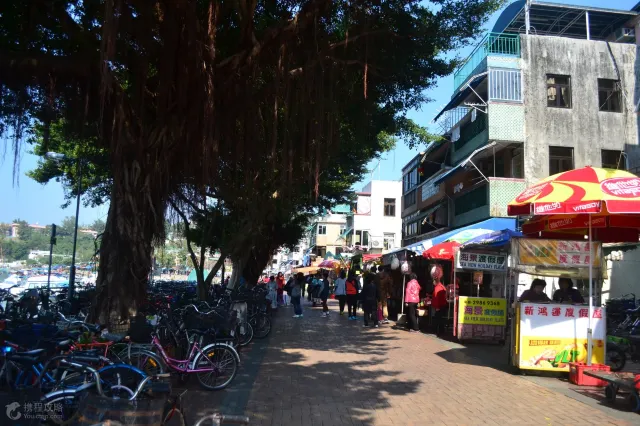
So Bor Kee – A popular restaurant serving seafood, So Bor Kee is located on the main street close to the ferry pier. The menu print is in Cantonese and English with pictures of dishes to help you choose. It serves classic seafood dishes like fried noodles and rice, steamed fish, and deep-fried squid. Fried clams with black bean sauce are an all-time favorite here. The staff in this restaurant is efficient and friendly. You can enjoy your lunch or dinner in this moderately priced restaurant. The restaurant is on the ground floor, No. 11C at Pak She Praya Rd.
New Baccarat – This is a well-known restaurant in Cheung Chau and has been serving tasty seafood dishes for the last 20 years. Most of the patrons will make it a point to revisit the New Baccarat every time they come to this Island. It serves some amazing Cantonese dishes, and the friendly staff makes your experience very good. It is located at 9A, Pal She Praya Rd on the Island.
Hing Kee Beach Bar – Located on the Kwun Yam Beach, Hing Kee beach bar is a charming small beach bar. Here you can chill out and laze after a swim at the beach or after exploring the places on the Island. It serves delicacies like fish n chips and pork chops. They also serve a good selection of locally crafted beer from breweries like Kowloon Bay, Heroes, and Gweilo.
Tip – Most places accept cash only. It is advisable to carry enough local currency in cash or use the HSBC ATM on the Island.
The only way to reach the Cheung Chau Island from Hong Kong is by a boat or a ferry from Central Pier #5. To get to the pier, you can take the MRT to Hong Kong Central station and walk towards the sea using the elevated walkway.
Look out for the pier no. 5 in the row of 1-10 numbered sequence. There is a choice of two types of ferry rides, slow or ordinary and fast service and both types operate from the same pier from Hong Kong to Cheung Chau, making it very convenient for visitors.
Ferry Time Schedule - The ferry service is regular depending on the hour of the day and runs every 30 minutes from Central Pier #5 on the Hong Kong Island. These are operated by the New World - First Ferry company with a regular schedule which is enhanced during the weekends to meet the higher inflow to the Island.
The service starts at 1.30 AM Monday to Saturday from the Hong Kong side with the last ferry service at 12.30 AM. For the return journey from the other side, the service starts at 2.20 AM with the last one at 11.45 PM. The trip of 20 kilometers takes around 55 minutes in the ordinary slow ferry and 35 minutes in a high-speed ferry.
Fares - The fast ferry service offers a comfortable upholstered seating arrangement with air conditioning. It is recommended if it is a hot and sunny day and you are traveling along with small children. It also has automated vending machines dispensing cold drinks and instant cup noodles.
The slow or ordinary ferry offers an open deck with limited seating arrangements with tables for eating. Some of the slow ferries do have a Deluxe ticket for an air-conditioned upper deck. If you are not in a hurry, it is recommended to at least take a slow ferry one way to enjoy the open sea breeze and the unhindered scenic beauty during the ride.
The fares for the ferry ride for adults on a slow or ordinary ride range from HK$13.20 for the ordinary to HK$20.70 for the deluxe seating arrangement. For the fast ferry service, the cost is HK$25.80. During the public holidays and Sundays, higher fares are applicable. You can also get some discounts for children and senior citizens buying tickets using certain cards.
Tip - If you happen to be visiting as a group to Cheung Chau, you may want to consider the option to hire a junk to give you the flexibility and saving waiting time during the heavy rush season of the Bun Festival.
Having all the basic information to plan for your visit, do remember a few more things to make your visit a truly amazing experience. Cheung Chau Island is a small village with no public transport, so you need to be prepared to walk or use the rental cycles available on the Island. It has a mild all year weather, so wearing loose cotton clothes is always better. Pack basis items like beachwear, towels, some snacks, a reasonable amount of local currency, and lots of wanderlust attitude to enjoy your day at Cheung Chau.
While tourists are increasingly discovering the island, this island of 20,000 residents has lost none of its charms. The island does have a few destinations worth exploring. This is an incredible experience and is something that is both amazing and memorable. Hop on over to Cheung Chau and discover what this little island gem has to offer.
Trending Travelogues
Popular Trip Moments
Popular Attractions
Popular Ranked Lists
Popular Destinations
Recommended Attractions at Popular Destinations





of the year 2024
Site Operator: Trip.com Travel Singapore Pte. Ltd.
